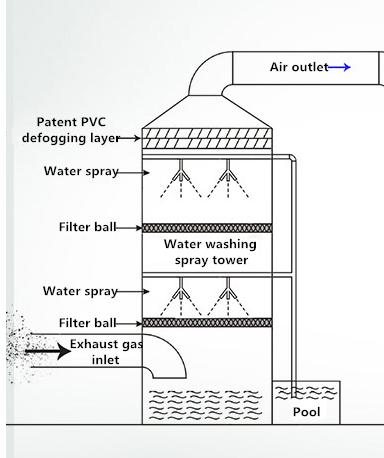resistivity tester
Understanding Resistivity Testers A Key Tool in Electrical and Material Testing
Resistivity testers are vital instruments used in various industries to measure the electrical resistivity of materials. This property is crucial in determining how well a material can conduct electricity, which is essential in applications ranging from construction to electronics and environmental studies.
What is Electrical Resistivity?
Electrical resistivity is a fundamental property of materials that quantifies how strongly they oppose the flow of electric current. It is affected by several factors including temperature, material composition, and structural integrity. The measurement units for resistivity are typically ohm-meters (Ω·m). High resistivity materials, such as rubber and glass, are great insulators, while low resistivity materials like metals are excellent conductors.
Applications of Resistivity Testing
There are numerous applications for resistivity testers across different sectors
1. Construction In construction, resistivity measurements help determine the suitability of soil and concrete for building foundations. High resistivity readings in soil can indicate a low moisture content, which might lead to poor conductivity conditions. Similarly, testing concrete can help assess its durability and resistance to corrosion, thus ensuring safety and longevity in structures.
2. Environmental Assessment Resistivity testing is used in environmental studies to detect contamination in soil and groundwater. By measuring the resistivity of an area, assessors can identify regions where contaminants have altered the natural resistivity, highlighting potential hazards.
3. Electrical Engineering Within electrical engineering, resistivity testers are essential for evaluating the quality of electronic components and materials. Ensuring that components meet specified resistivity standards can prevent faults and improve the overall reliability of electronic devices.
resistivity tester

4. Geophysical Surveys In geophysics, resistivity testing can aid in mineral exploration and subsurface imaging. Techniques like Electrical Resistivity Tomography (ERT) allow geologists to create detailed images of the earth's subsurface, identifying valuable resources or understanding geological formations.
Types of Resistivity Testers
There are different types of resistivity testers available, each catering to specific needs and applications. The most common types include
- Laboratory Resistivity Meters Used in controlled environments to obtain precise resistivity measurements of various materials. These meters often provide detailed readings and data logging features.
- Portable Resistivity Testers Designed for fieldwork, these testers are typically rugged and user-friendly, allowing quick assessments of materials or conditions on-site.
- Multifunctional Meters These units can measure not only resistivity but also other electrical properties such as voltage, current, and capacitance, making them versatile tools for professionals in multiple fields.
Conclusion
In conclusion, resistivity testers are indispensable tools that play a crucial role in various industries by providing critical information about the electrical properties of materials. Their applications extend from construction and environmental science to electrical engineering and geophysics. As technology advances, we can expect further innovations in resistivity testing techniques, enhancing accuracy and effectiveness while contributing to safer and more efficient practices across numerous sectors. Understanding and utilizing resistivity testers can lead to better decision-making and improved outcomes in projects and research endeavors.
-
Why the Conductor Resistance Constant Temperature Measurement Machine Redefines Precision
NewsJun.20,2025
-
Reliable Testing Starts Here: Why the High Insulation Resistance Measuring Instrument Is a Must-Have
NewsJun.20,2025
-
Flexible Cable Flexing Test Equipment: The Precision Standard for Cable Durability and Performance Testing
NewsJun.20,2025
-
Digital Measurement Projector: Precision Visualization for Modern Manufacturing
NewsJun.20,2025
-
Computer Control Electronic Tensile Tester: Precision and Power for the Modern Metal Industry
NewsJun.20,2025
-
Cable Spark Tester: Your Ultimate Insulation Assurance for Wire and Cable Testing
NewsJun.20,2025
 Copyright © 2025 Hebei Fangyuan Instrument & Equipment Co.,Ltd. All Rights Reserved. Sitemap | Privacy Policy
Copyright © 2025 Hebei Fangyuan Instrument & Equipment Co.,Ltd. All Rights Reserved. Sitemap | Privacy Policy
